
You may have noticed that there’s an expiration date on your fish food container.
Since you’re here, it’s probably past that date!
You might be wondering if fish food can expire and if it’s dangerous to keep feeding it to your fish.
Let’s take a closer look at the answer to this question.
Does Fish Food Expire?
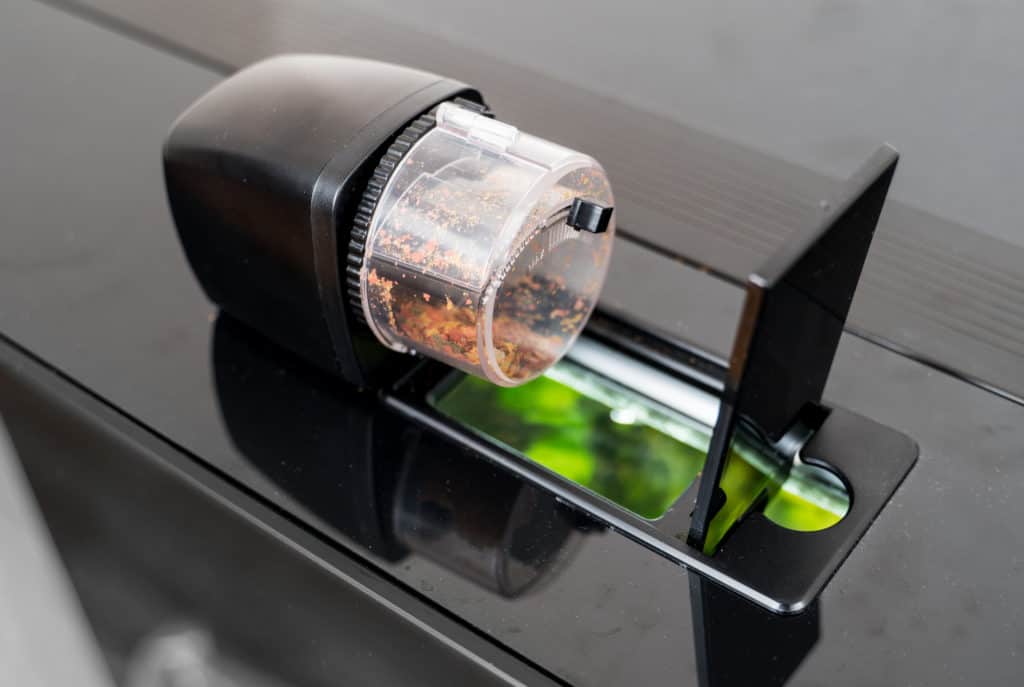
Yes, all types of fish food lose their qualities and expire.
Although giving expired food to your fish for a long time can cause health problems, it’s not likely to poison them.
Buy fish food in small quantities, store it in small portions, and keep it in optimal conditions to make sure it lasts longer.
If your fish food is past its expiration date, it was probably manufactured two or three years ago.
You’ve also probably opened the packaging many times to feed your fish.
It’s reasonable to assume that the food has lost most or all its vitamins, minerals, and nutrients by then.
Depending on the preparation method, nutrients like vitamin C are probably spent even before opening the container.
Plus, every time you open the container, a little bit of moisture gets inside.
This moisture builds up over time and may cause problems if you keep the food for a long time.
If you’ve stored the fish food under the right conditions, you might be able to keep feeding your fish the expired food even a couple of months after expiration.
It depends on the type of food.
You should know that your fish won’t be getting the nutrients they need to stay healthy.
They’re most likely just eating empty calories!
If you notice that insects have gotten into the food, throw it out without hesitation, even if it has time, because it can give your fish food poisoning.
Types of Fish Food and Their Shelf Lives
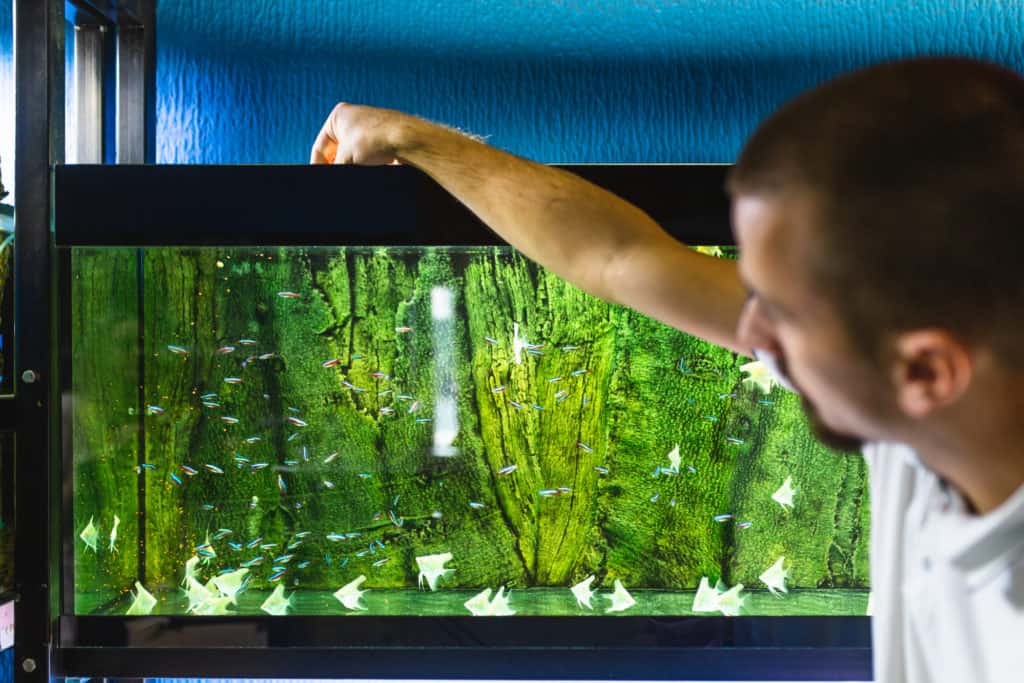
1. Dried Food
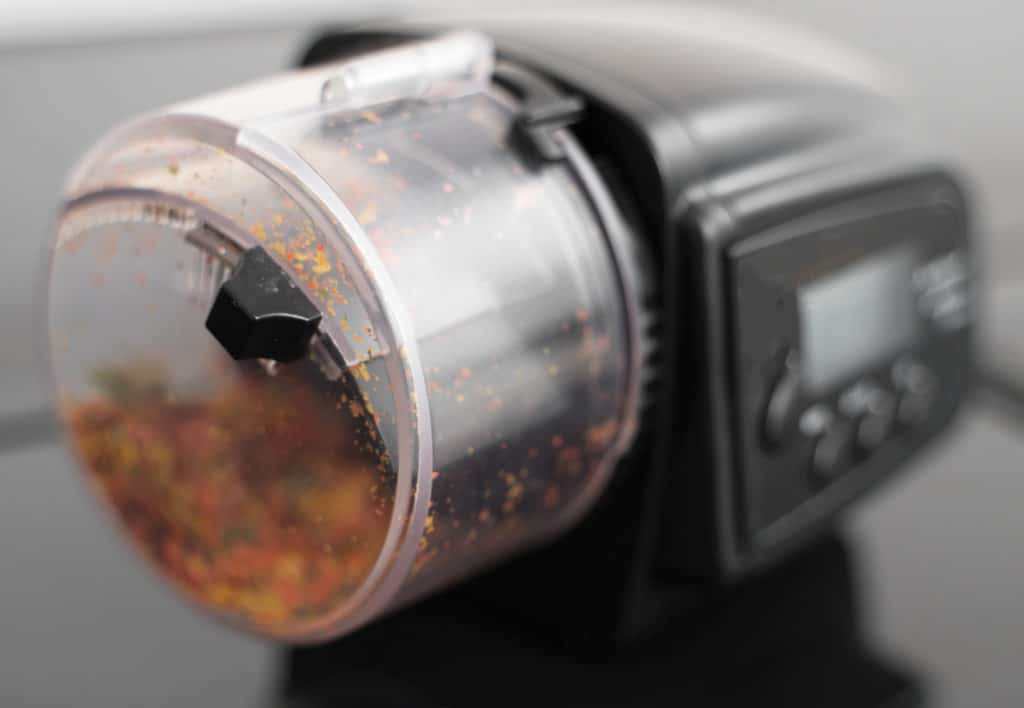
Dried food is the most popular fish food, and it comes in different types for different diets.
It comes in many different shapes, such as flakes, pellets, crisps, waffles, and stick-on tablets.
It’s the cheapest type of fish food and commonly available in any pet store.
One reason for its popularity is that it’ll stay in good shape for a long time.
As long as you properly store dried fish food in a dry place and keep it away from moisture, it’ll be usable even for a couple of months after its expiration date.
That said, always read the expiration date on the box.
Since dried food doesn’t normally rot, it’s easy to keep feeding it to your fish without realizing it’s expired.
You can also divide the food into two containers.
Fill a small container with the dry fish food and feed your fish from that container.
Once the small container is empty, fill it again from the main container.
This way, only a small amount of the food gets exposed to moisture and sunlight while the rest sits in the big container and obviously lasts longer.
2. Flakes
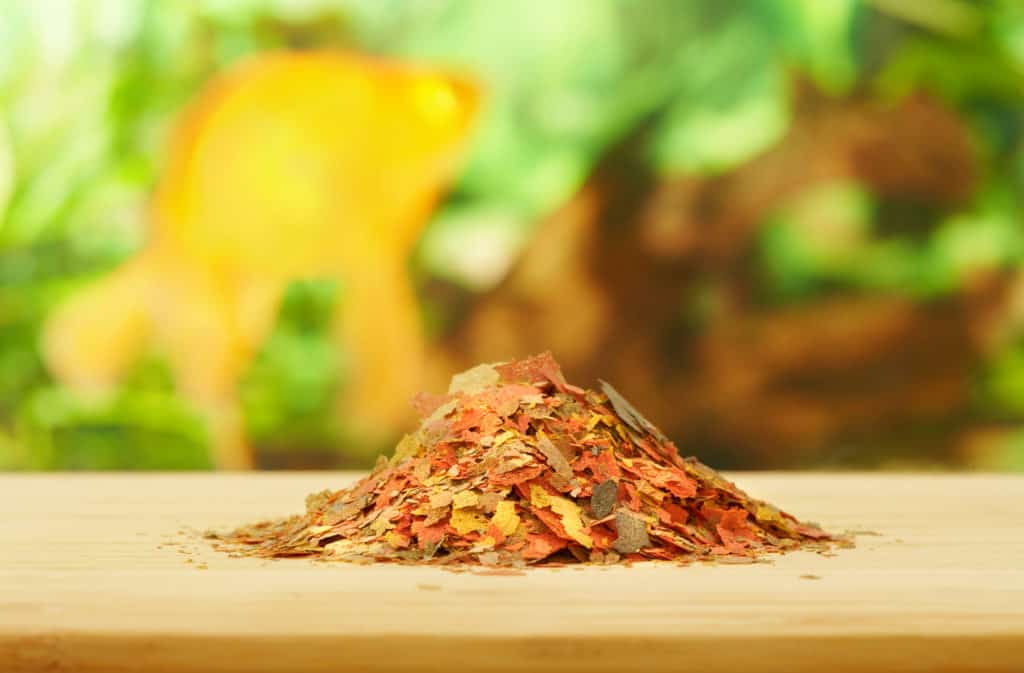
Hobbyists love to feed flakes to their fish because they come in various types, designed for different species.
They’re generally full of vitamins, antioxidants, and minerals, but you can find flakes that are specifically designed based on your fish’s natural diet.
Surface eaters love flakes, but as they lose their nutrients quickly and dissolve in the water, they’re not the best choice for bottom feeders.
Even if the flakes get to the bottom of the tank, they’ll turn into waste.
This can easily mess up the balance of the water.
Always remember to sprinkle just enough flakes for your fish to eat in a couple of minutes.
Depending on the manufacturer, flakes typically have a shelf life of 18 months to three years.
However, they’re bound to lose their nutritional value after a few months.
3. Pellets
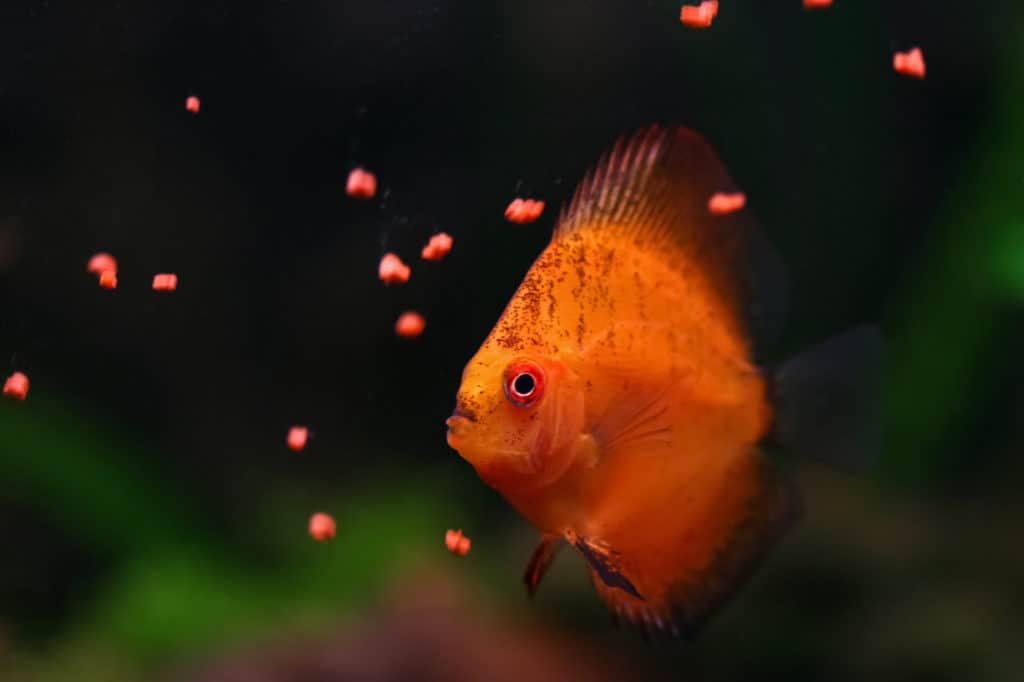
Pellets are easily digestible food, usually used for larger fish.
You can use them as your fish’s primary diet since they’re full of different nutrients.
You shouldn’t keep pellets for longer than a few months.
However, if you want to extend their shelf life for as long as possible, keep them in the freezer inside small bags.
Every time you want to feed your fish, just take out one of the small portions.
This way, you can store the pellets for about a year,
There are floating pellets for top feeders like bettas and goldfish, there are slow sinking pellets for shy fish who don’t like to go to the surface to eat, and there are fast sinking pellets appropriate for bottom-dwellers.
4. Crisps
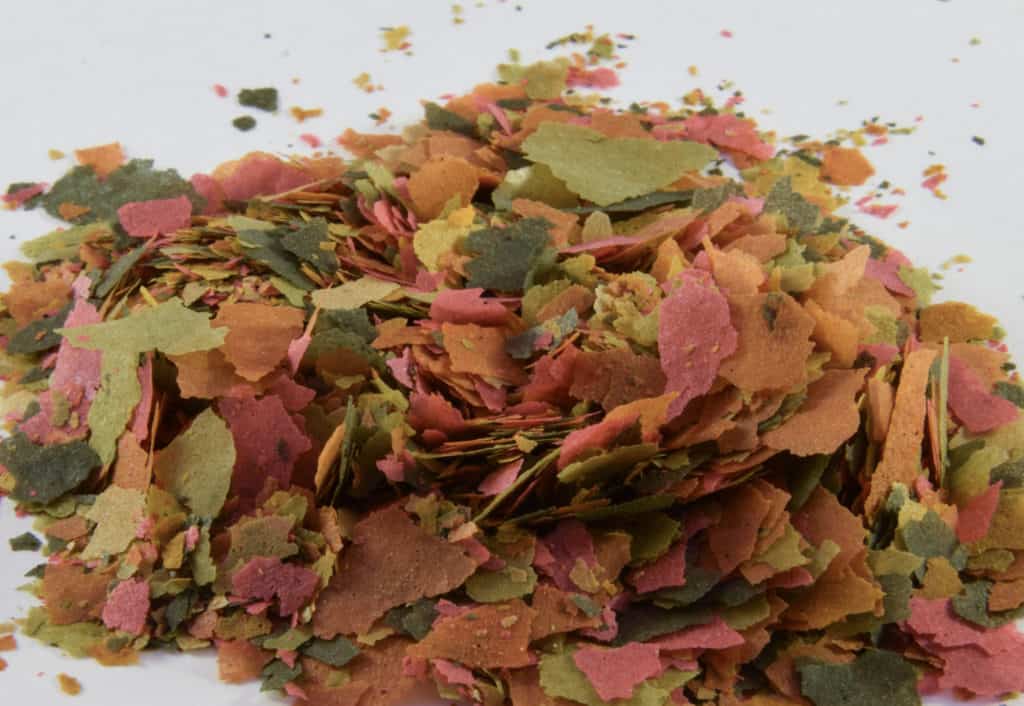
Crisps are thicker and denser versions of flakes, made from the same ingredients.
They do have some advantages over flakes.
They float longer and retain their nutrients longer, so they’re good choices for picky fish who always have some leftover food.
They also dissolve more slowly, so they’ll keep your tank clean and with less waste.
In terms of shelf-life, they’re similar to flakes, meaning you can expect to have two to three years to use up all the crisps.
5. Stick-On Tablets

Stick-on tablets share the same basic ingredients as other dried food, but they’re so much denser.
As their name suggests, they’ll stick to the glass and lets you watch your fish nibble at it, which is really entertaining.
Most tablets come in stable containers which keep them usable for a long time.
You can pop one open any time you want without exposing the rest to air and moisture.
6. Freeze-Dried Food
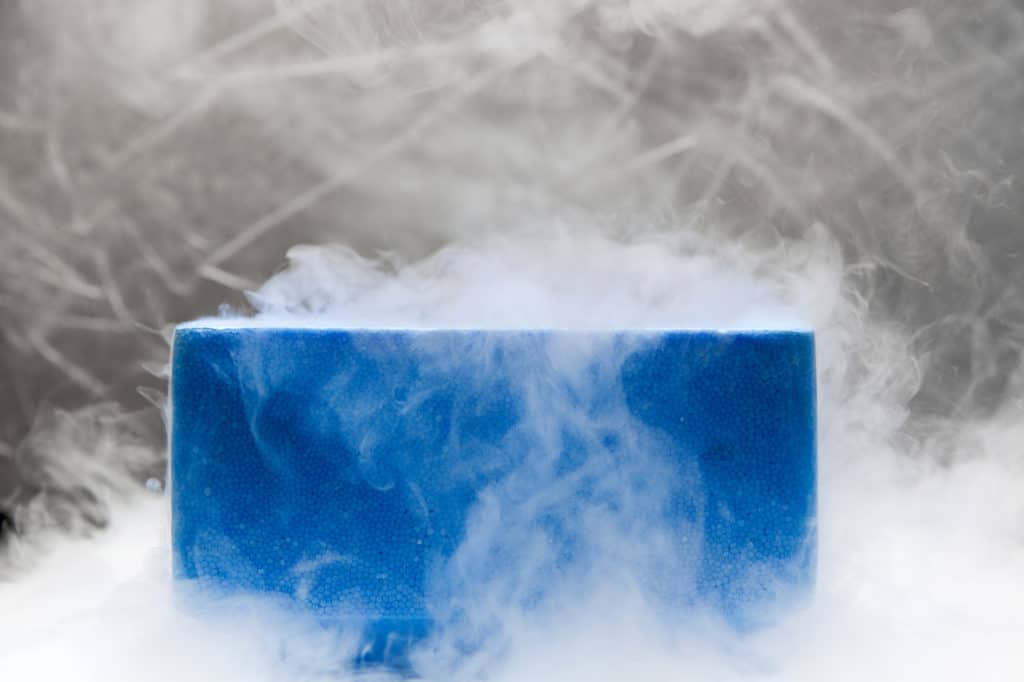
If you keep your freeze-dried food in the right conditions, it can last for about four years.
Some manufacturers have options that won’t expire for 15 to 20 years!
This is because the freeze-drying process removes about 98 percent of the food’s moisture, whereas drying and dehydration remove about 90.
Freeze-drying retains most of its original nutrients and has an insanely long shelf-life.
Freeze-dried food is excellent as a supplement for carnivores and omnivores, but you shouldn’t choose it as their main diet.
Unlike live food, freeze-dried options are completely free from bacteria and won’t cause any infections.
7. Frozen Food
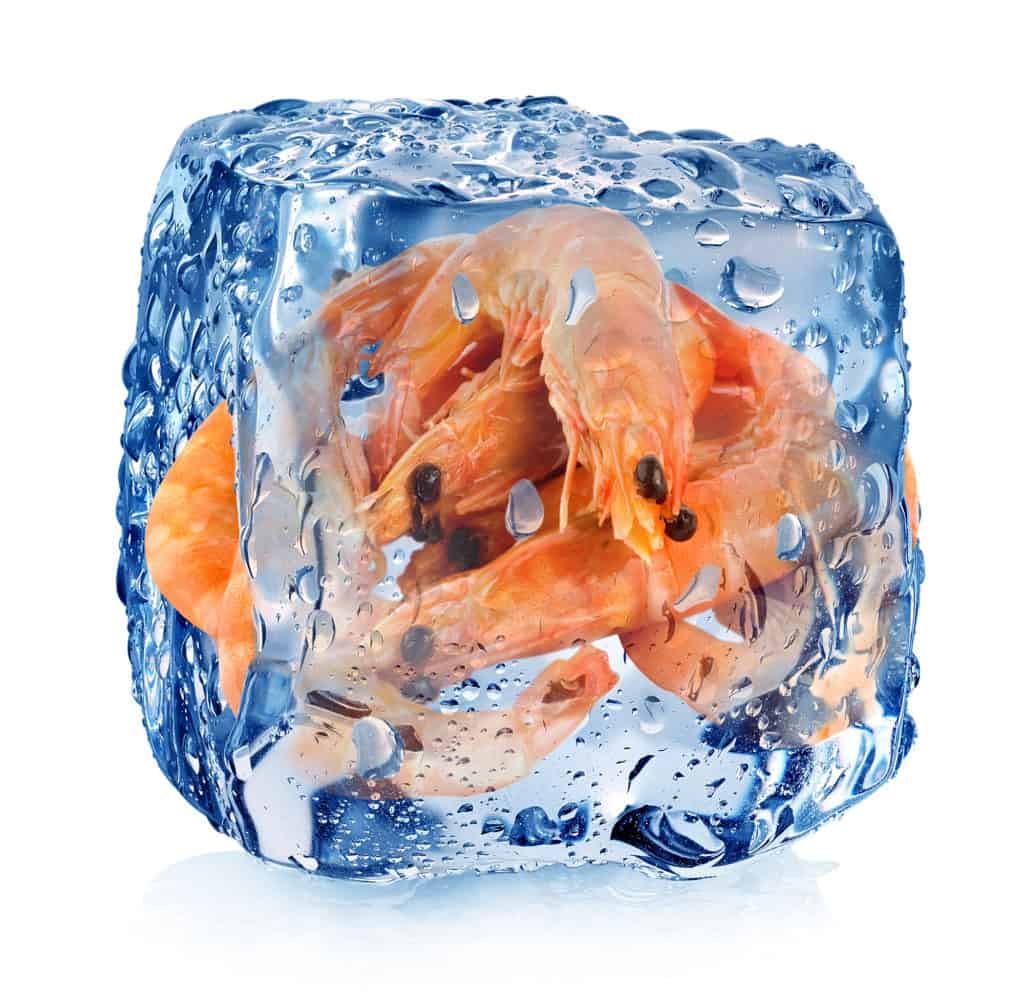
Frozen food can be a single or a variety of live food, frozen into cubes.
Shrimps, plankton, bloodworms, krill, prawn, and mussels are mostly available.
They’re better choices compared to live food because you can store them in the freezer for two to six months, and you can buy them both online and at a pet store.
Although the food loses some of its vitamins and minerals, it’s still a great supplement to your carnivore fish’s regular diet.
However, it’s best not to use it after the expiration date.
8. Live Food
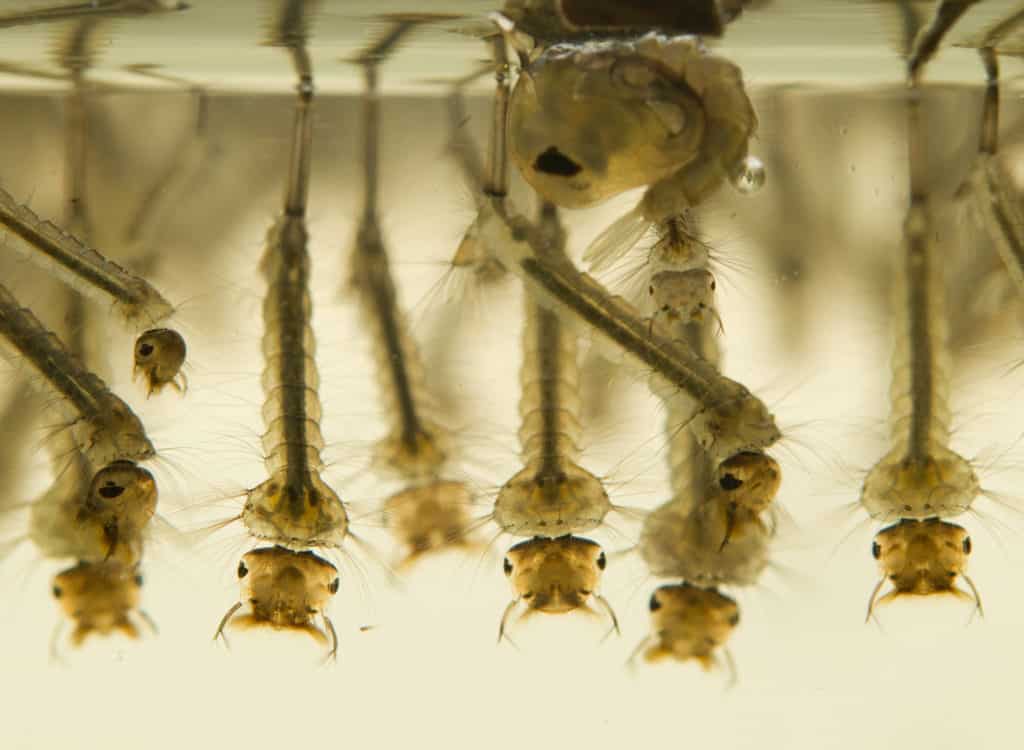
Live food may be your only option for hunters, wild-caught fish, large or active fish, as well as carnivorous fish who don’t recognize motionless objects as food.
If you’re trying to breed your fish, it’ll help to feed them live foods, including Ghost or Brine shrimps, blackworms, daphnia, crickets, or mosquito larvae.
Buying live food from reliable fish stores that offer sustainable live food can reduce the risk of introducing a disease into your aquarium.
Some people even grow and breed live food at home.
Needless to say, as long as the creatures are alive and well, you can use them as food, and there’s no expiration date.
9. Fresh Food
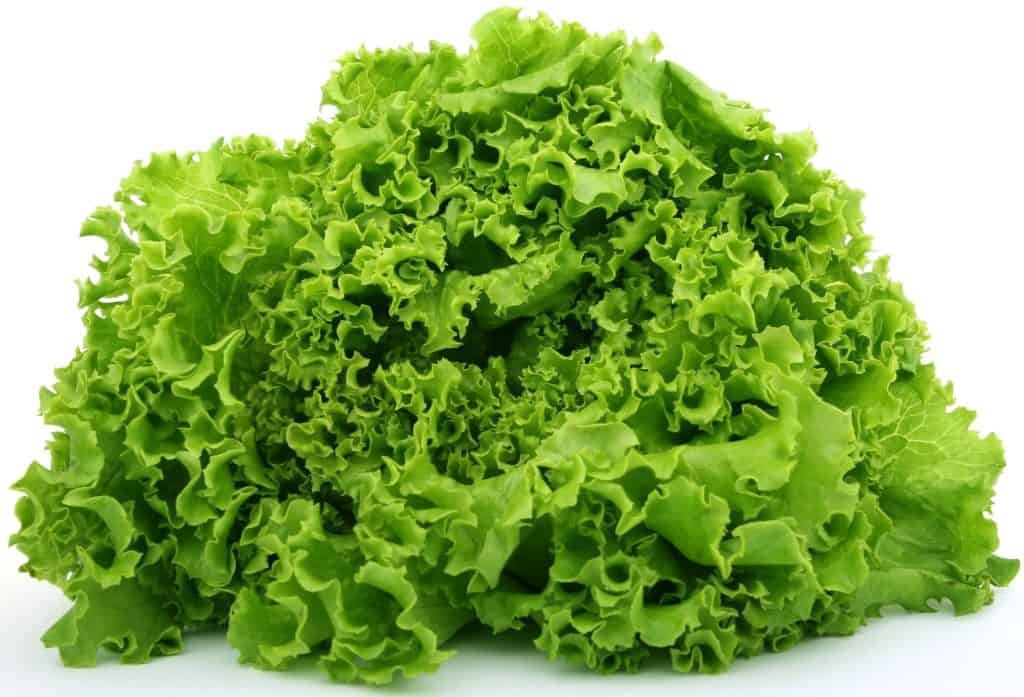
Fresh plants and vegetables can be a great addition to your fish’s diet.
Herbivores and omnivores will go crazy over fresh food like lettuce, spinach, cucumber, and zucchini.
You can clip them on the side of the tank.
Bottom-dwellers like catfish usually enjoy squashed peas.
Remember to remove the uneaten vegetables from the tank after a couple of hours because it can quickly turn into waste.
Of course, fresh food is usually available in any house, and you know how long it’ll stay fresh.
10. Vacation Food
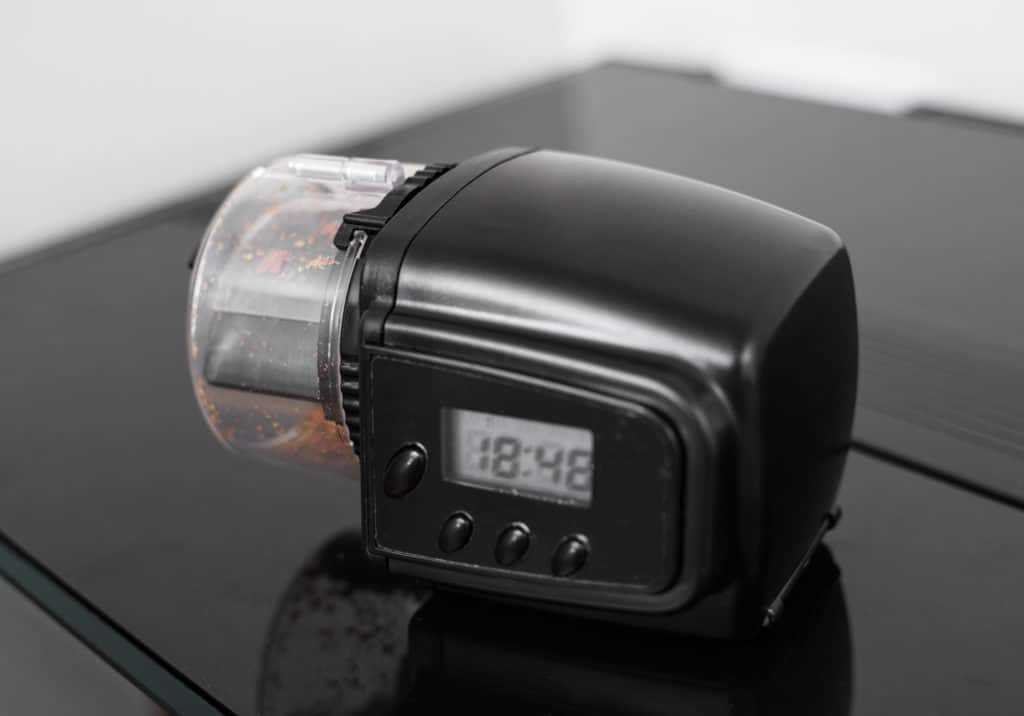
If you’re planning to go on a trip for a few days, you can use vacation feeders, which are blocks of densely packed fish food.
They’re designed to break down slowly over a long period and release food for the fish.
They may work great, but sometimes fish don’t like to eat them, and they just pollute the water.
Be sure to test them before leaving your fish for a long time.
You can substitute automatic fish feeders for vacation feeders.
They feed your fish their favorite food when you’re away.
How to Use Fish Food for Longer?

First, let’s talk about your enemies when it comes to storing fish food:
- Oxygen: The more the food is exposed to oxygen, the sooner it’ll lose its color, flavor, nutrients, vitamins, and minerals. Oxygen can also help microorganisms like bacteria and fungus grow faster.
- Moisture: Much like oxygen, moisture can spoil and deteriorate the food by increasing microorganisms’ growth.
- Temperature: Storing fish food anywhere higher than room temperature can cause discoloration and break down the flavor along with proteins and other nutrients.
- Light: Exposing food to light can affect its flavor, odor, and color. Light can also decrease the vitamins, proteins, and other minerals in food.
Knowing all this, here’s some advice on how to prolong the life of fish food:
- Don’t try to stock up fish food you know you won’t be using soon. Most hobbyists, especially those who own multiple tanks and fish, buy fish food in bulk because it’s more economical, but most of the food goes to waste. Always buy fish food in small amounts. Even if it’s a bit more expensive, it’ll guarantee a healthy tank.
- Always buy well-packed fish food. Go for vacuum- or nitrogen-packed jars or cans. Don’t buy fish food in thin plastic bags because they can’t protect the food from oxygen, moisture, and high temperatures.
- Always keep the fish food somewhere dark, such as in the garage, cabinet, or freezer.
- Never keep the main container near the fish tank. That’s probably the hottest and dampest place in the house.
- Use silica packets for dried fish food like flakes or pellets to prevent moisture from building up in the container. Using garlic for meat-based frozen food can do the same trick.
- If you want to make homemade fish food, make enough for one or two weeks at most. Always freeze the food you make.
Can You Reuse Fish Food?

Yes and no. If your fish food is near its expiration date, you can stop it from going to waste by mixing it with squashed vegetables and seafood like peas, carrots, and fish.
Don’t do this with expired food.
You can add vitamin C tablets, garlic extracts, and a few drops of liquid fish vitamins to the fish food and make it into a nutritious meal again.
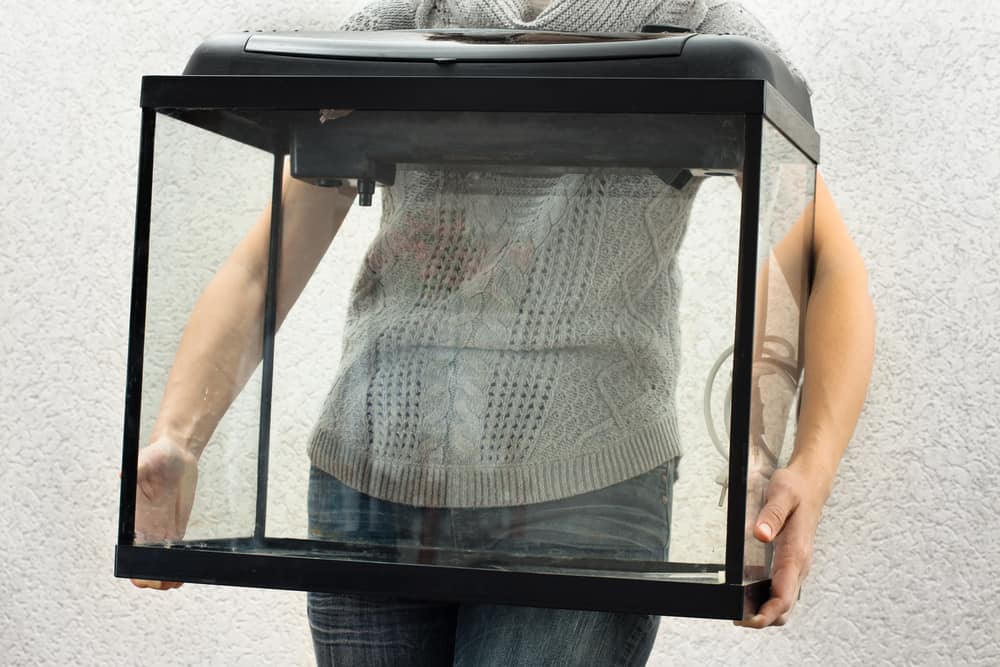

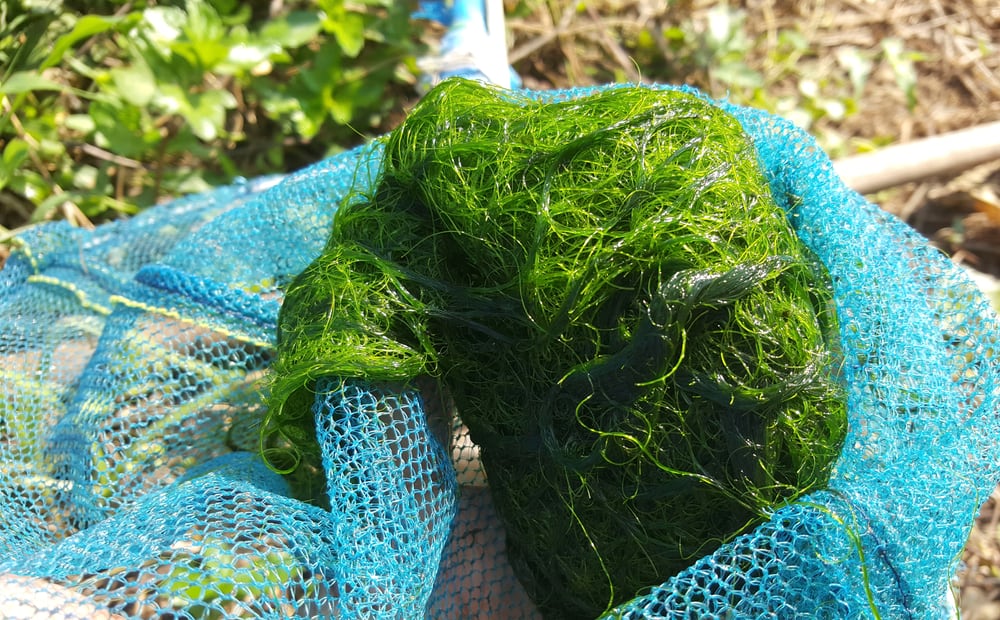
Very intresting
Thank you Janet. Great collection of information given in a concise way. Congratulations.